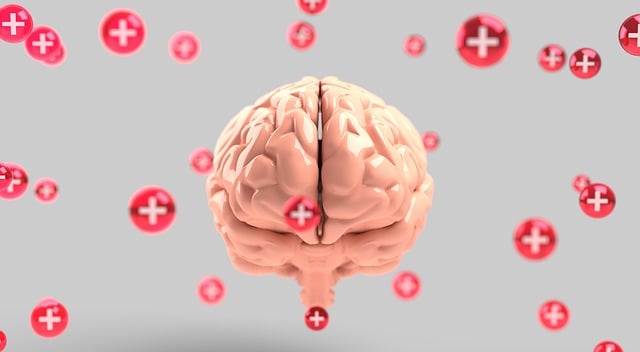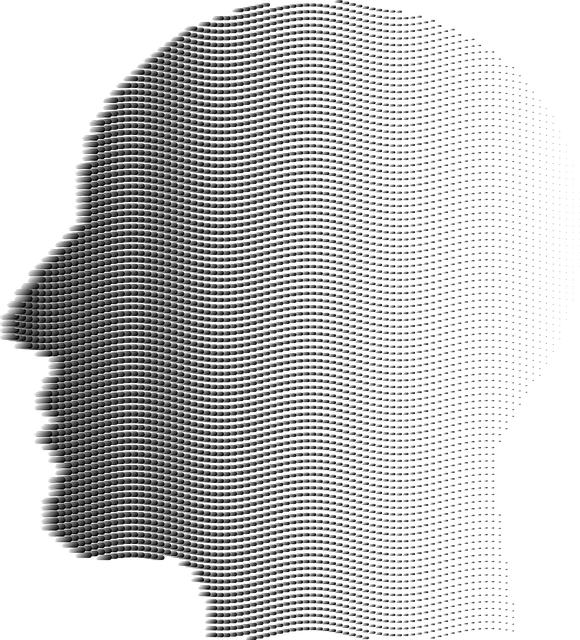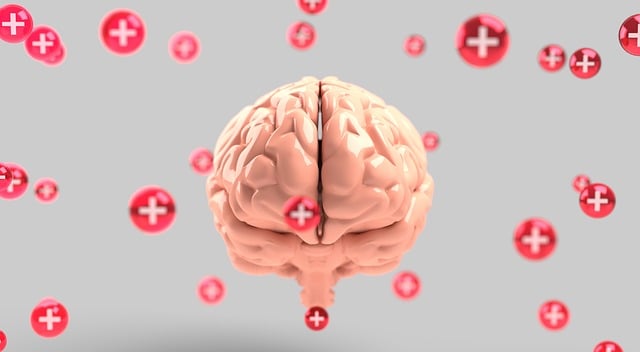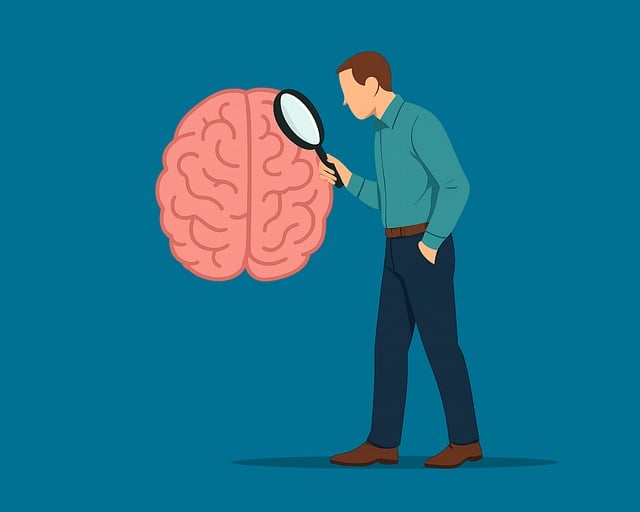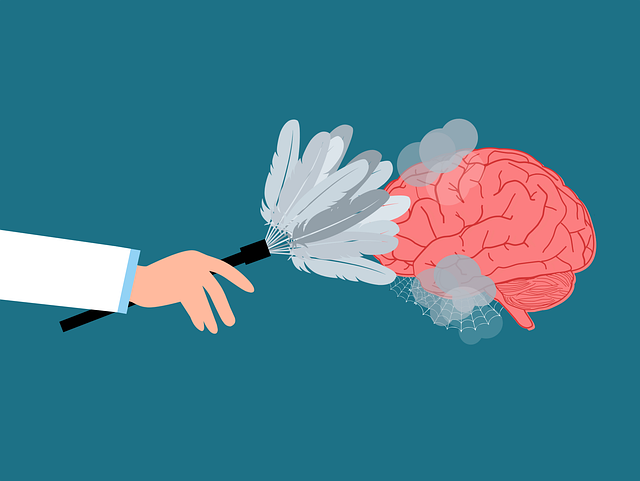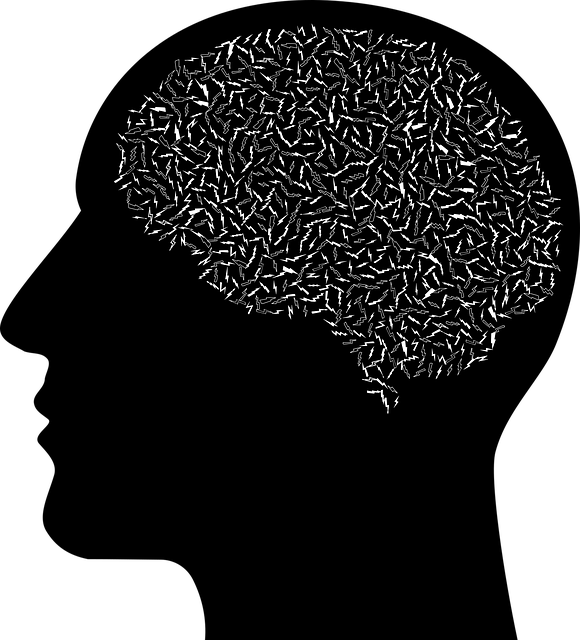Evaluating mental wellness programs, such as Lone Tree Neuro Disorders Therapy, demands a multi-faceted approach combining quantitative and qualitative methods. Quantitative techniques measure effectiveness through metrics like symptom reduction and attendance, while qualitative methods gain deeper insights into participants' experiences, self-care practices, and perceptions of cultural sensitivity in mental healthcare. Integrating both approaches allows for a comprehensive assessment, enabling data-driven adjustments and improved services tailored to clients' needs.
Mental wellness programs require robust evaluation methods to assess their effectiveness. This article explores various techniques used to gauge the impact of such initiatives, focusing on both quantitative and qualitative approaches. We delve into specific methods like surveys, interviews, and case studies, highlighting their role in program improvement. Furthermore, we examine the power of client feedback through satisfaction surveys, demonstrating how their insights can enhance treatment strategies. Additionally, long-term tracking of client progress, as seen at Lone Tree Neuro Disorders Therapy, reveals valuable data on relapse rates and recovery journeys, providing a holistic view of program success.
- Assessing Program Impact: Quantitative and Qualitative Approaches
- – Overview of evaluation methods for mental wellness programs
- – Quantitative techniques: surveys, statistics, and data analysis
Assessing Program Impact: Quantitative and Qualitative Approaches

Evaluating the impact of a mental wellness program involves a blend of quantitative and qualitative methods to gain a comprehensive understanding of its effectiveness. Quantitative assessments often center around metrics like reduction in symptom severity, improvement in overall mental health scores, and increased attendance rates over time. These numbers provide hard data on the program’s success, making it easier to track progress and demonstrate results, especially for organizations like Lone Tree Neuro Disorders Therapy.
Qualitative approaches, on the other hand, delve into participants’ experiences and perceptions. This includes gathering feedback through surveys, interviews, and focus groups. Such methods uncover deeper insights into how the program has influenced individuals’ self-care practices, fostered positive thinking, and promoted cultural sensitivity in mental healthcare practice. By combining both quantitative and qualitative strategies, mental wellness programs can comprehensively assess their impact and make informed adjustments to better serve their clients.
– Overview of evaluation methods for mental wellness programs

The evaluation of mental wellness programs is a multifaceted process designed to assess the effectiveness and impact of interventions aimed at improving psychological well-being. These programs often include a range of strategies, such as Self-Awareness Exercises, Self-Care Practices, and Coping Skills Development, making their assessment complex yet crucial. Researchers and practitioners employ various methods to gain insights into these programs’ successes and areas for improvement, ensuring that services provided align with participants’ needs.
One common approach involves collecting quantitative data through surveys and questionnaires before, during, and after the program. This data can reveal significant changes in symptoms, attitudes, and behaviors. Additionally, qualitative methods like interviews and focus groups offer deeper understanding by capturing individuals’ personal experiences and perceptions of the program’s impact, particularly when tailored to specific issues like Lone Tree Neuro Disorders Therapy. These evaluation methods collectively contribute to evidence-based practices, fostering continuous improvement in mental wellness interventions.
– Quantitative techniques: surveys, statistics, and data analysis

In evaluating mental wellness programs, quantitative techniques such as surveys and statistical data analysis play a pivotal role. These methods provide an objective measure of program effectiveness by collecting numerical data that can be analyzed to identify trends and patterns. For instance, survey responses from participants in Lone Tree Neuro Disorders Therapy can offer insights into their perceived improvements in symptoms related to anxiety or depression. Statistical analysis of these data points could highlight the success rates of specific interventions, guiding further adjustments to the program’s Crisis Intervention Guidance.
Additionally, quantitative techniques enable comparisons between different Mental Wellness Coaching Programs Development initiatives. By aggregating and analyzing data from various sources, researchers can assess which components of Trauma Support Services contribute most significantly to positive outcomes. This evidence-based approach ensures that programs like Lone Tree Neuro Disorders Therapy remain aligned with best practices, continuously improving their offerings to better serve individuals in need.
Evaluating the impact of mental wellness programs, such as those offered by Lone Tree Neuro Disorders Therapy, is crucial for understanding their effectiveness. By combining quantitative techniques like surveys and data analysis with qualitative approaches, we gain a comprehensive view of program success. This dual method allows for measuring both broad trends and individual experiences, ensuring that mental health initiatives are tailored to meet the diverse needs of participants. Through these evaluation methods, we can optimize programs and promote positive mental wellness outcomes.

